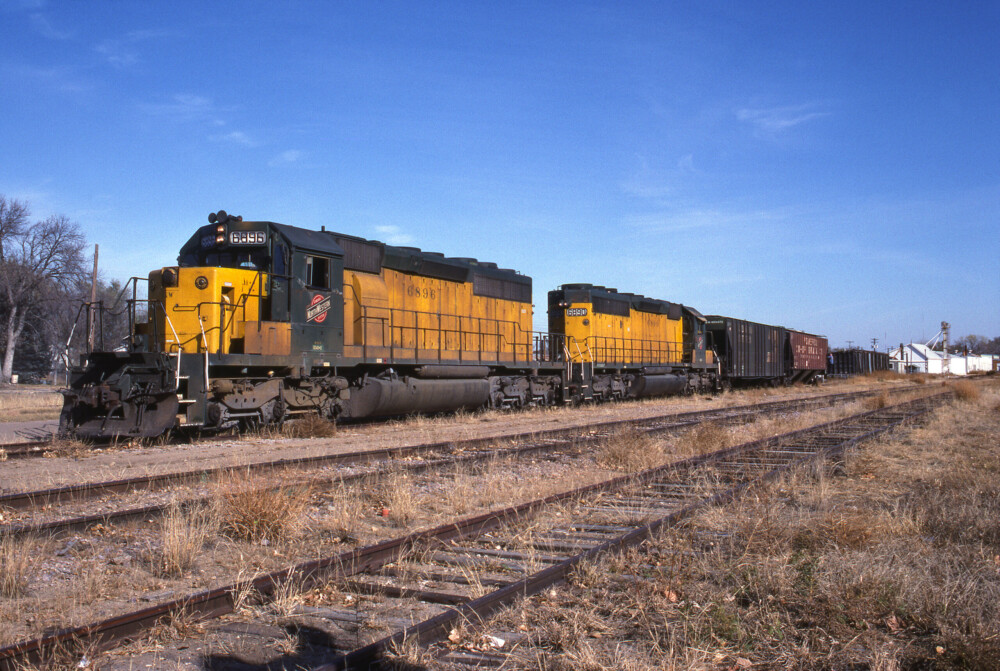
In 1981, I was a locomotive engineer for the Chicago & North Western Railway based out of Council Bluffs, Iowa, and operating an interdivisional run to Sioux City, Iowa. I made this run many times, but one trip taught me a lesson about troubleshooting a diesel locomotive — and about railroading.
Most of the trains on this subdivision were coal trains serving Iowa Power & Light, grain trains, and a daily mixed freight from St. Paul, Minn., to Council Bluffs where most of its cargo would be interchanged with the Union Pacific.
The track from Council Bluffs to Sioux City was a flat river grade, with the track running parallel to the big, muddy Missouri River only about a mile away. Only two SD40-2s were required for a coal train to make speed on this subdivision.
On this trip we were cruising along at our designated 40 mph when the alarm bells started ringing, my trailing SD40-2 died, and all I had left was one junk SD40-2 doing the work of two. We quickly lost speed and were soon down to 15 mph, pulling the guts out of our only working unit as it tried to lug 10,000-plus tons of coal to our destination.
Knowing the way these engines worked or, in this instance, didn’t work, I was pretty sure the governor had shut the locomotive down. I informed our train dispatcher of our predicament, and he told me “Good luck”, adding there were no other trains around to borrow an engine from.
Taking matters into my own hands, I stopped the train at little Whiting, Iowa, walked over to the Sinclair station, and purchased a quart of lightweight oil. I went back to the dead locomotive and, sure enough, the low governor oil warning light was on. I added oil to the governor, primed the locomotive, and hit the switch. She growled a little bit but finally turned over and started. I goosed it a little bit with the layshaft (a manual throttle linking the fuel injector arms) and the engine kept running.
We were in business! We were soon back up to speed and got our coal train to the power plant under our hours of service.
At the completion of our tour of duty that day, I stapled the receipt for the $1.81 quart of oil to a note requesting the C&NW reimburse me for getting the locomotive running and getting their train delivered to the customer. Much to my dismay, I received a slip with my paycheck a week later that informed me I would not receive my $1.81 as I was a union employee, and such payment was not supported by our labor agreements.
Needless to say, as a young engineer, this incident suggested I reconsider going the extra mile to help the company in the future. (And I still have that slip!)






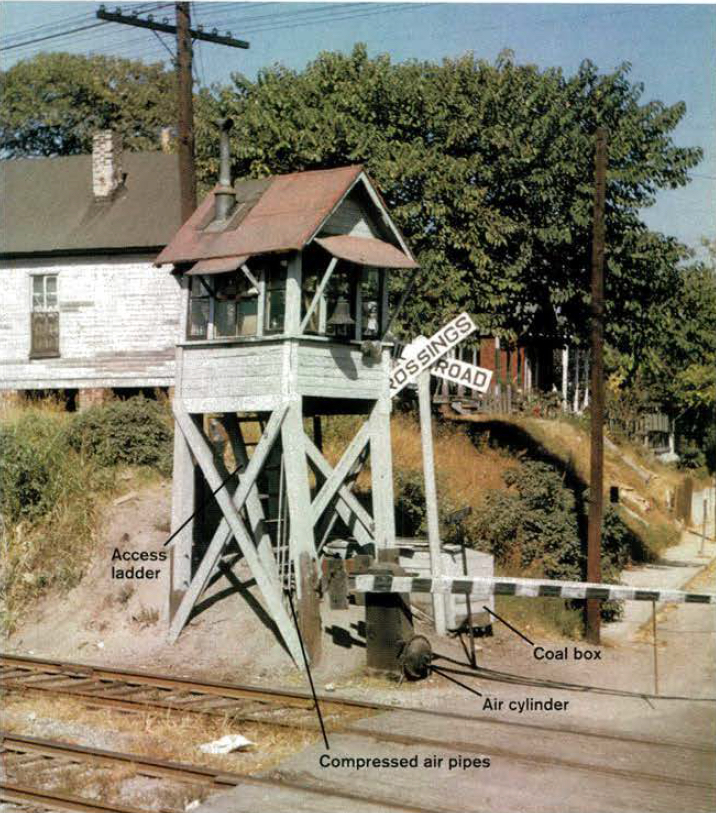
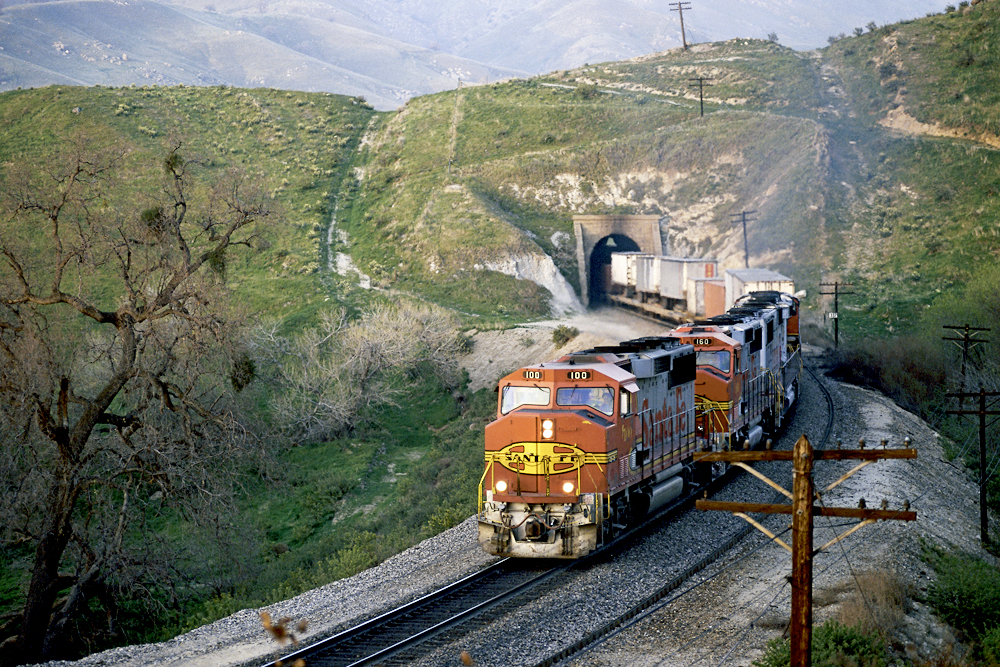
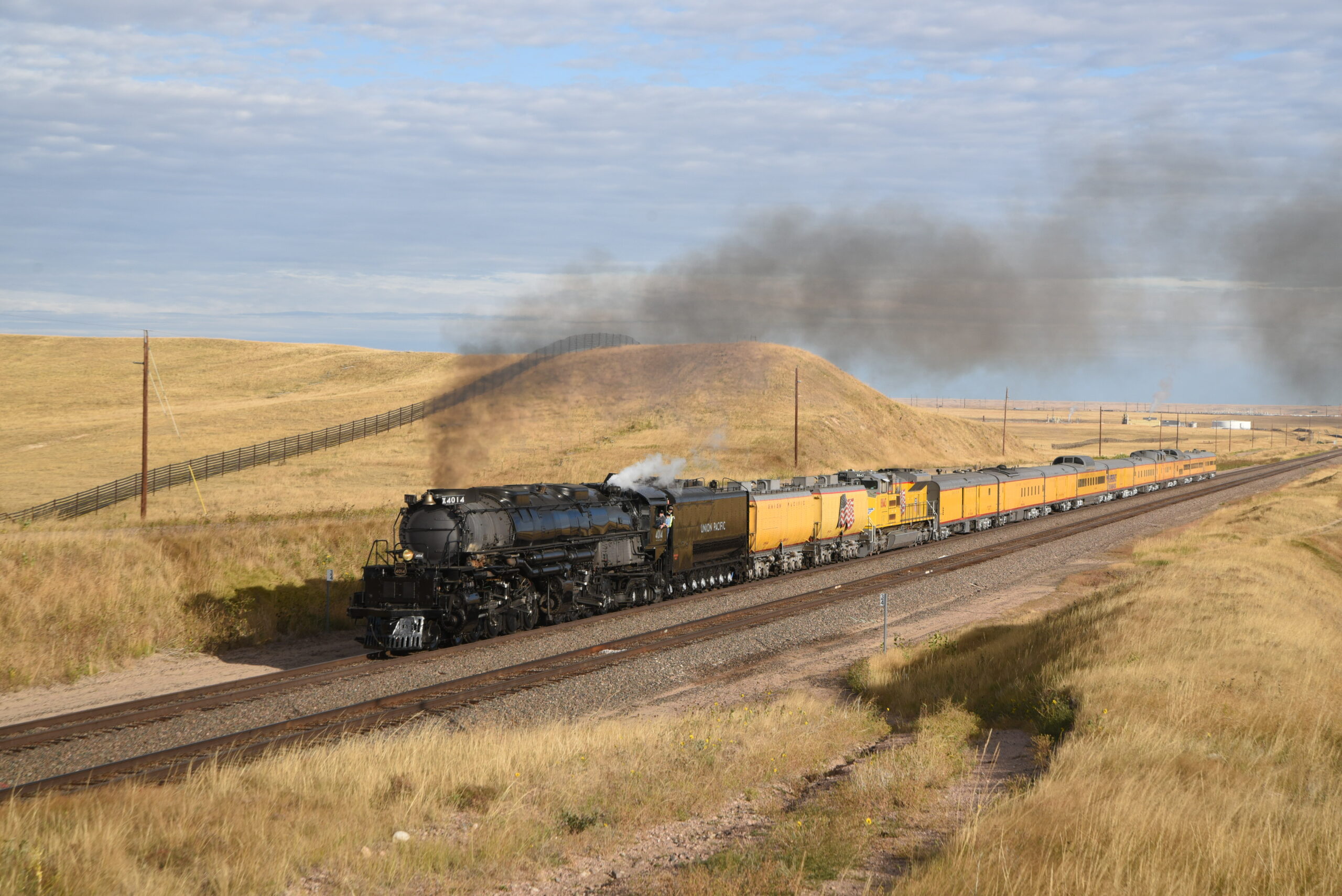
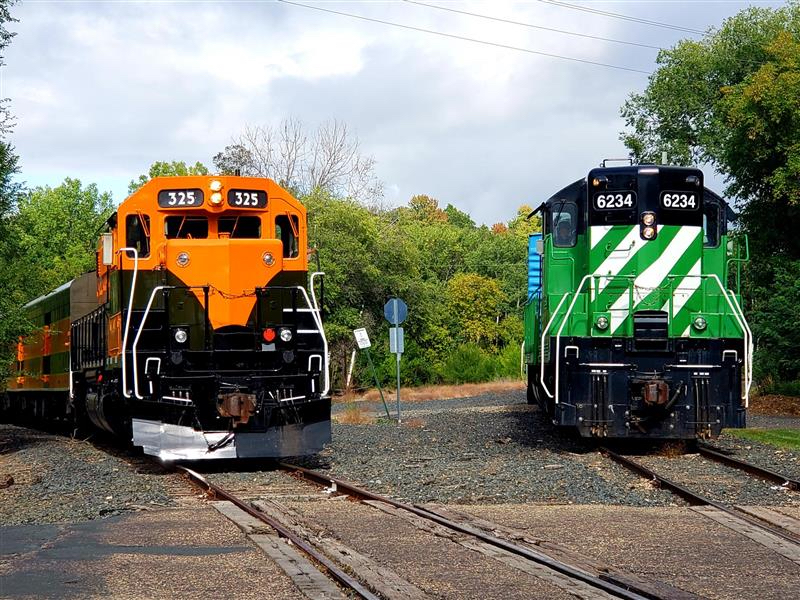




Fun little article. Thanks!